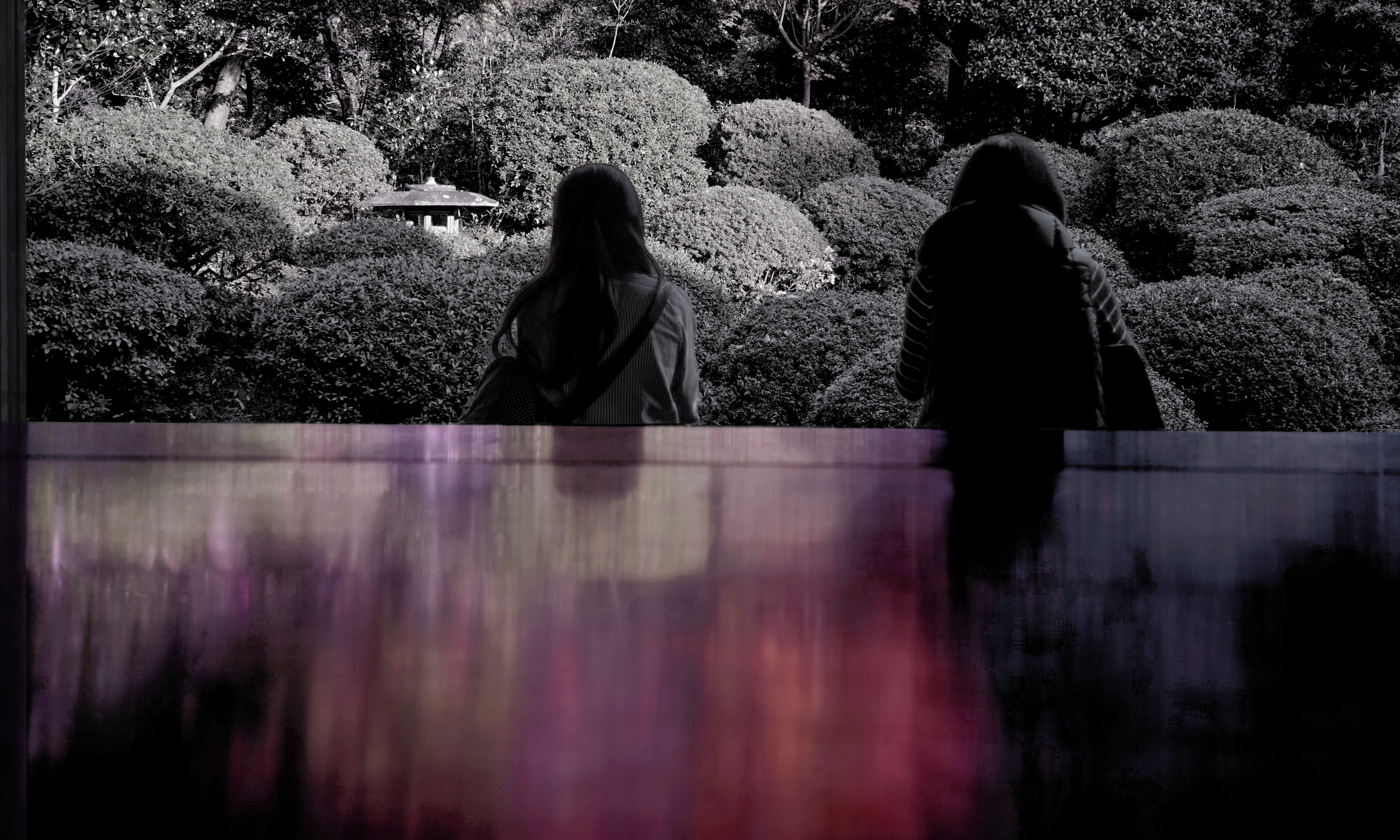FUZEI
In the Sakuteiki, the gardening treaty elaborated by an anonymous author in Japan in the s. XII, it is stated that “the stones must be erected following the manner of building which the skilled men of ancient times left behind, having in mind the intention of the lord of the house and wrapping everything with his own fuzei.” This concept, which is considered one of the main keys of the later Zen gardens, could literally be translated as “the breath of emotion”.
In some of the most remote Zen temples of Kyoto and Kamakura several of which remain closed for meditation most of the year, Sebastian Paramio has tried to capture the invisible breath that continues to blow in those landscapes built for the inner gaze.









En el Sakuteiki, el tratado de jardinería elaborado por un autor anónimo en Japón en el s. XII, se dice que "las piedras deben erigirse siguiendo la forma de construcción que dejaron los sabios de la antigüedad, teniendo en cuenta la intención del señor de la casa y envolviendo todo con su propio fuzei". Este concepto, que se considera una de las claves principales de los jardines zen, podría traducirse literalmente como "el aliento de la emoción". En algunos de los templos zen más remotos de Kioto y Kamakura, varios de los cuales permanecen cerrados para la meditación la mayor parte del año, Sebastian Paramio ha intentado capturar el aliento invisible que sigue soplando en esos paisajes construidos para la mirada interior.